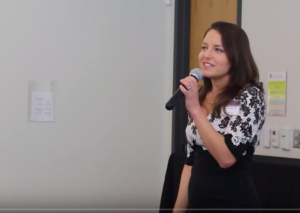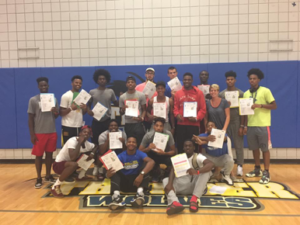
Indigo x Song An: 2022 A Year In Review
Step into a world of empowerment and collaboration as Indigo and Song An shape the landscape of education and career counseling. Our 2022 Year in
These posts feature stories and case studies of schools, educators, and students who partner with Indigo.

Step into a world of empowerment and collaboration as Indigo and Song An shape the landscape of education and career counseling. Our 2022 Year in

Indigo Education Company is honored to be one of 60 organizations selected to participate in Colorado Impact Days!

On February 9th, 2019, CEO and founder of Indigo Education Company Sheri Smith spoke at the University of Colorado, Denver for the Department of Bioengineering’s event Women as Innovators: Creating Success in the Workplace.”

Coach Bill Beilein isn’t only teaching offensive and defensive strategies to his players, he’s also teaching how to work with people different than them. Beilein is the head men’s basketball coach at…

John Waters is an Assistant Principal at Two Roads Charter school. He’s a four-time “Who’s Who Among America’s Teachers” and knows where all the good places to eat are in Westminster (trust me, we went to Dae Gee last time).

Student Voice: Ahrash April 25th, 2016, written by Nathan Robertson I met Ahrash in a Kansas City suburb. I was working with 100 or so

Student Voice: Abram April 12th 2016, Written by Nathan Robertson and Abram When talking to skeptics of personalized learning, a common argument I hear is,
aesthetic AI asking awards college fits Communication compliance continuous learning creativity DISC dominance Education empathy Empowering Educators FBLA future of education goals Indigo Indigo Assessment Indigo Data Indigo Education Company individualistic influencing leadership LearnLaunch Listening mentoring Motivators Partners Peak to Peak High School Personalized Learning persuasion planning Podcasts Professional Development self-awareness social soft skills Speaking Engagement steadiness team Teamwork theoretical TTI utilitarian